A Rare Tour Of Hart Island, NYC's Isle Of Lost Souls
Hart Island is New York City's potter's field. It is a tiny island off of the coast of the Bronx in Long Island Sound where more than one million people have been buried since the 1860s.

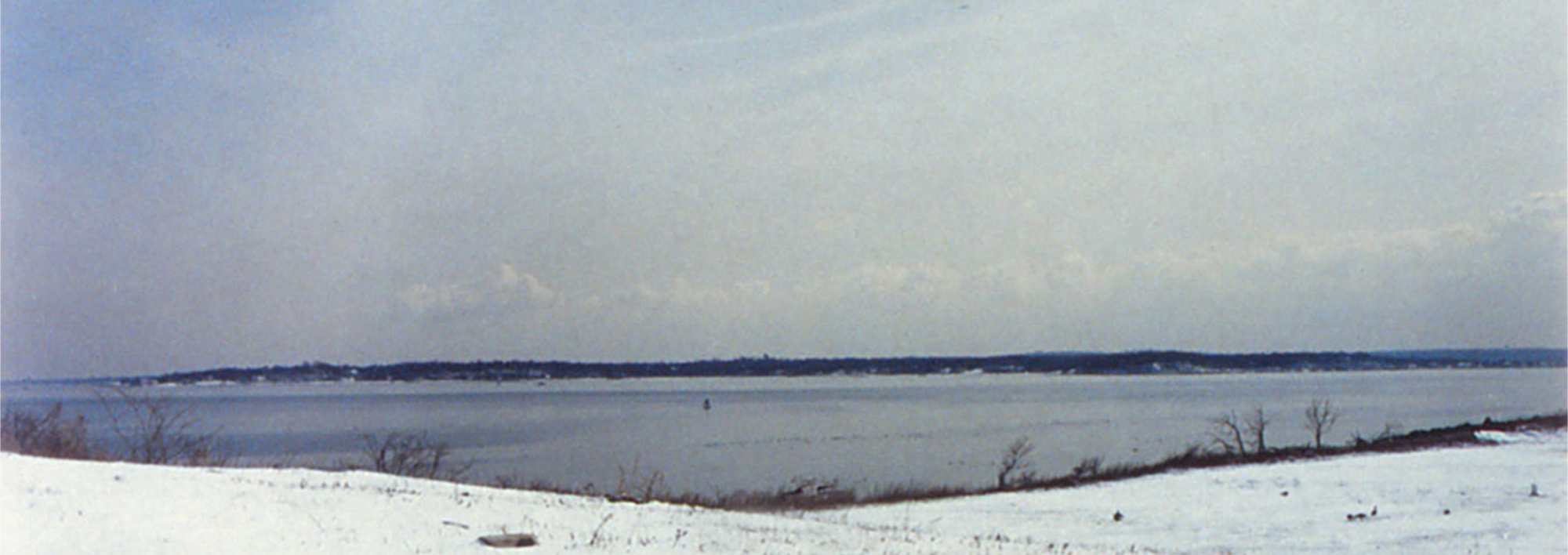
Hart Island is New York City's potter's field. It is a tiny island off of the coast of the Bronx in Long Island Sound where more than one million people have been buried since the 1860s.

Karen Mary Connors lived alone and died that way in 2011. The only child of a New York City firefighter turned lawyer, she lived her final years cloistered in what had been her family’s summer home in the Rockaways, with only a few houses standing between her and the Atlantic Ocean.

The Historic Districts Council announced this year's picks for the "Six to Celebrate" list, which celebrates historic New York neighborhoods.
The chosen neighborhoods generally include acclaimed architecture or historical sites, but this year the council included Hart Island.
Residents have been pushing to have the Department of Corrections turn the island over to the Parks Department. It has been used for years as a potter's field.
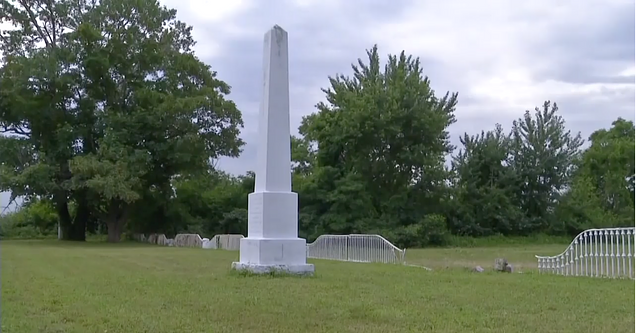
The Historic Districts Council (HDC), New York’s city-wide advocate for historic buildings and neighborhoods, is pleased to announce that Hart Island is included in its Six to Celebrate, an annual listing of historic New York City neighborhoods that merit preservation attention.
Six to Celebrate is New York’s only citywide list of preservation priorities. Profiles of each of the 2017 Six to Celebrate neighborhoods, as well as all past neighborhoods, are available by visiting www.6tocelebrate.org.
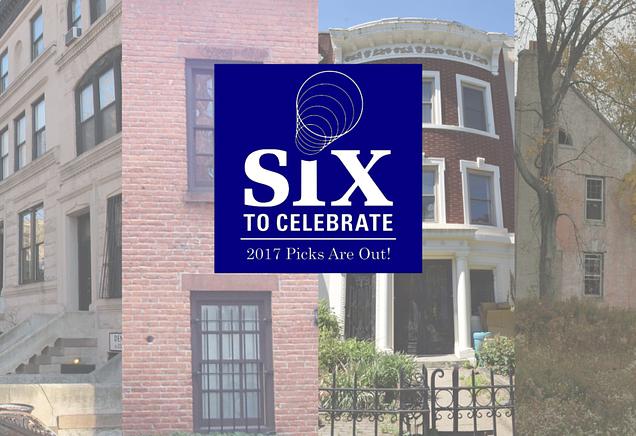
Community advocates, U.S war veterans and City Council members called on the Parks and Recreation Department Thursday to increase efforts to make Hart Island more accessible to the public.
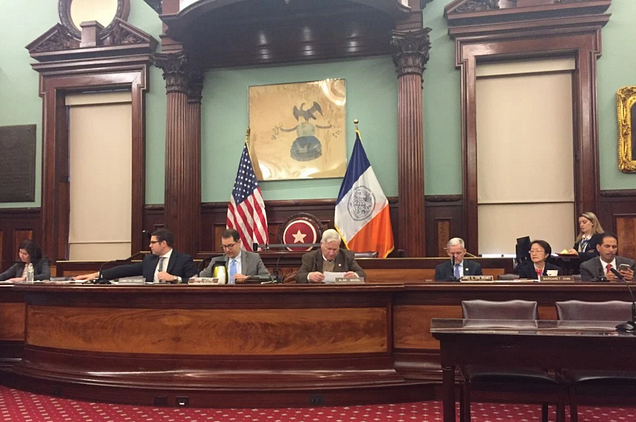
The city’s Parks Department manages about 29,000 acres of parkland that’s comprised of all sorts of facilities including your more traditional playgrounds, beaches, and sports facilities, but it is also the steward of many monuments, historic structures, and uninhabited islands throughout the city....
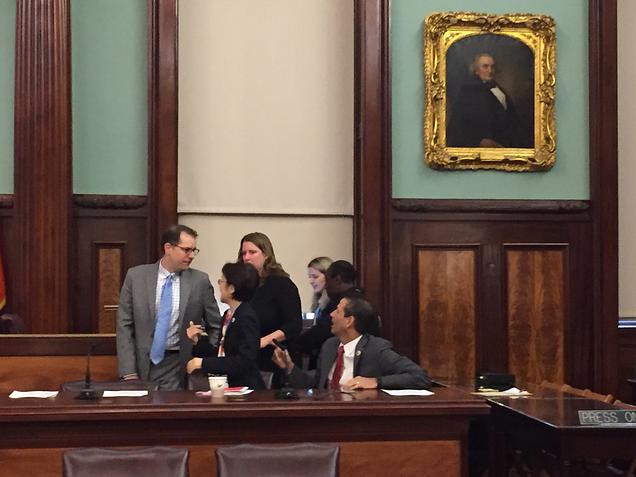
When artist and author Melinda Hunt started to research the potter's field on Hart Island, she turned to The New York Public Library for newspaper articles tracing its story. Now the founder of the Hart Island Project, she shares her findings in public places, including nearby City Island Library, to help people learn about Hart Island's unique spot in New York City history.
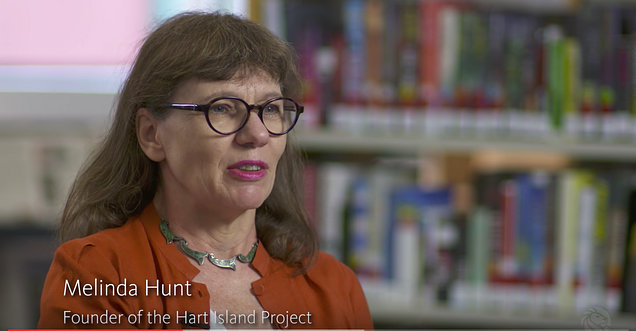
New York City’s chief medical examiner and an advocate for the dead’s right to a city burial share their perspectives.
Without consent from relatives, the bodies were “lent” to a medical school and then left in a bureaucratic limbo by the medical examiner’s office, revealing continuing problems with the city’s mortuary system.
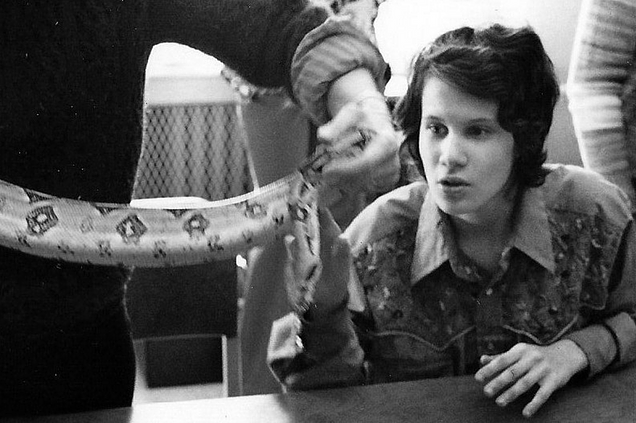
Hart Island, a 101-acre island off City Island that is home to the city’s Potters Field, has been designated a place of historical significance.

About a million people are buried on Hart Island—a mile-long strip of land sitting directly across from City Island in the Bronx. People end up at this public cemetery for different reasons: in some cases, families couldn't afford to bury their loved ones or failed to claim them. In other cases, remains could not be identified.
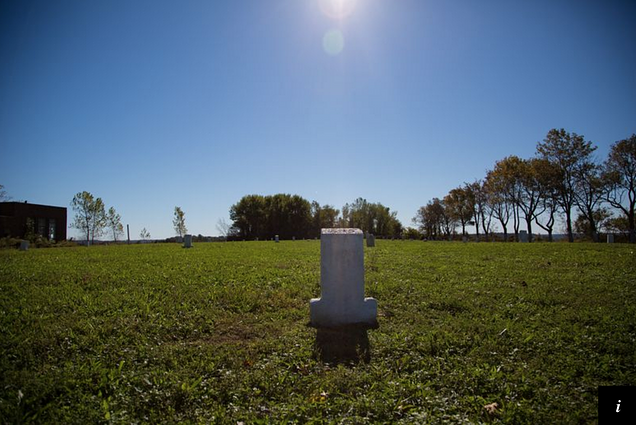
NY1 got a rare tour of an island that's been shrouded in mystery for decades, a place where the city's forgotten are buried.
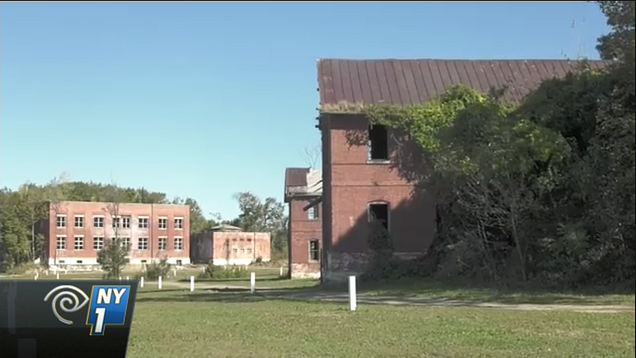
The 600 miles of New York City’s shoreline that secured its status as a center of trade in the 18th century now host some of its more forgotten spaces. Despite an active harbor, the city has mostly turned inward from its bays and beaches, leaving ghostly pockets around the “city of hurried and sparkling waters,” as Walt Whitman anointed it in 1860.
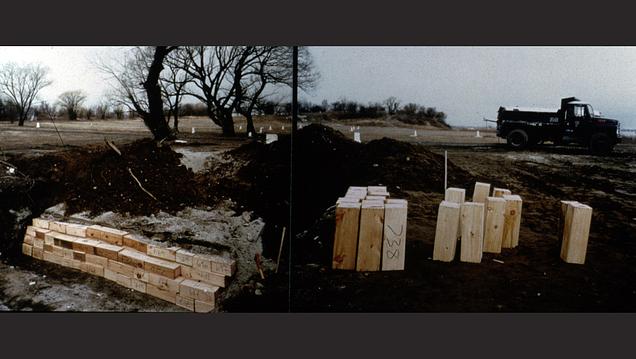
When asked about legislation to transfer Hart Island from the Department of Correction to the Department of Parks and Recreation, Mayor de Blasio claims he is not aware of Bill 134.
Listen Cue to 20:54 minutes

Waterfront space in New York City is typically thought of as long promenades and vertical development opportunities, but within those 600 miles of coastline is a history that is marked by the ebb and flow of growth and industry.
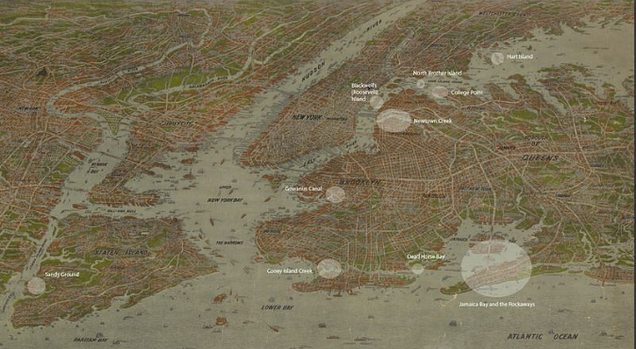
August 19, 2016 - Governor Cuomo signed legislation yesterday that prevents unclaimed bodies destined for burial on Hart Island from being used as cadavers without a family consent.

It is not true that people in the city cemetery have no family or friends. Agreeing to a public burial should not mean that anything can happen in transit. Legislation to reform the burial process is once again stalled at City Hall, and state intervention is necessary.
Though the new measure applies only to New York City and still needs the governor’s signature to become law, its passage in both houses on June 16 showed a significant shift in public attitudes toward human remains and the dead the city considers unclaimed.
